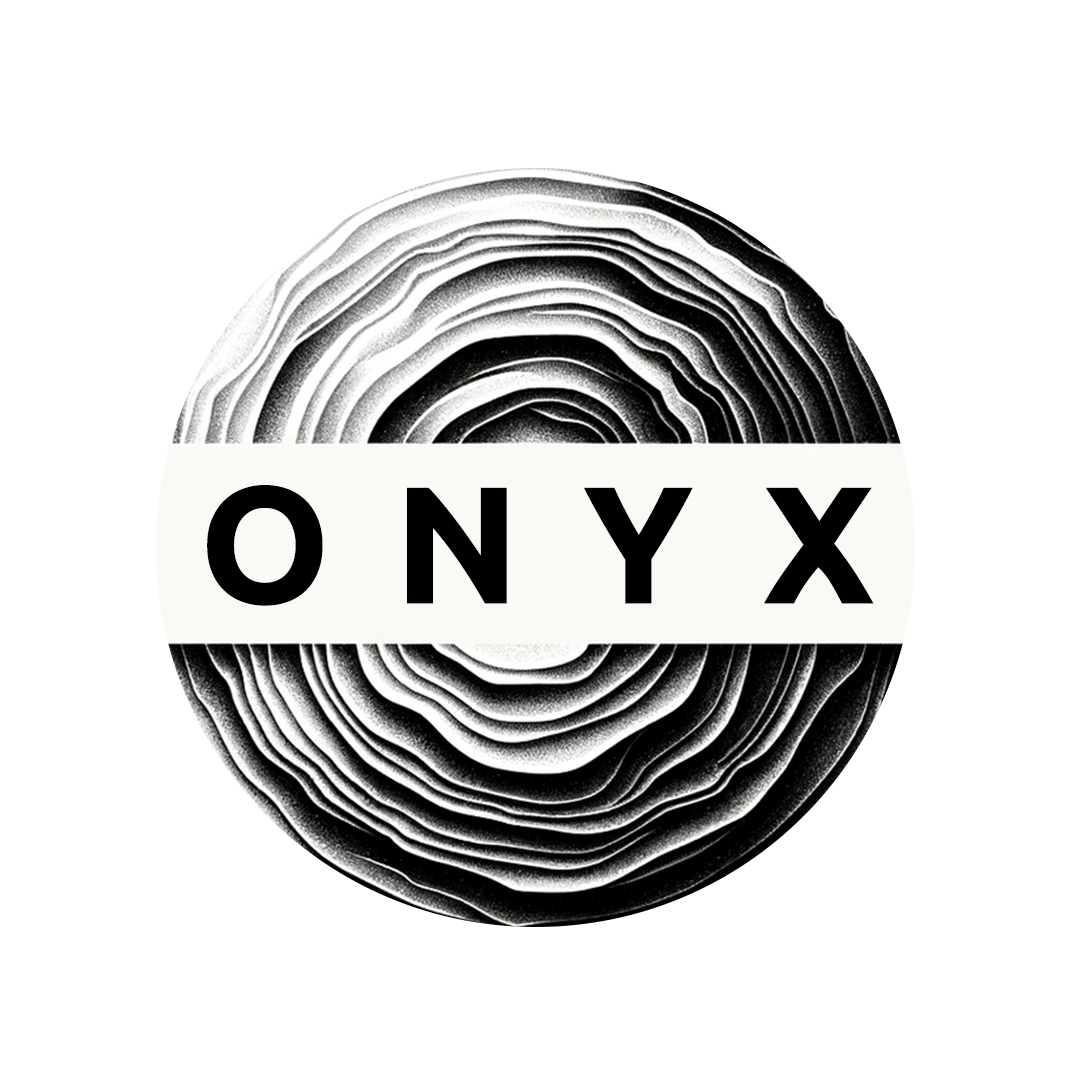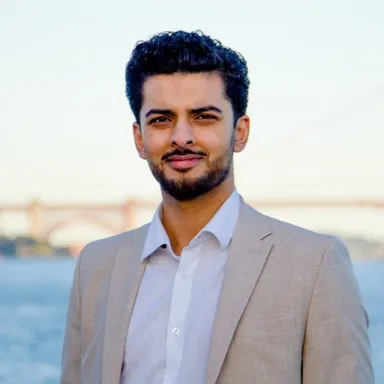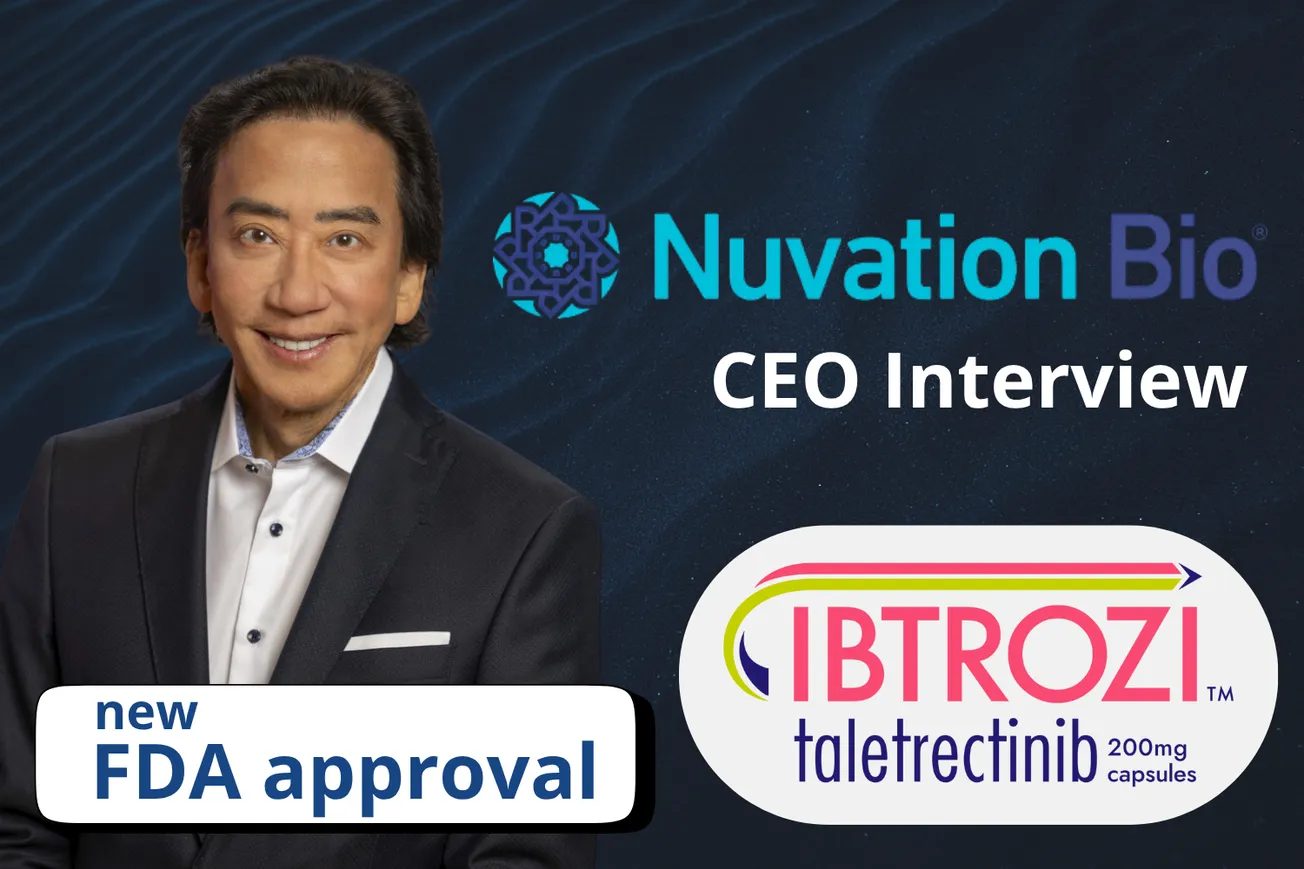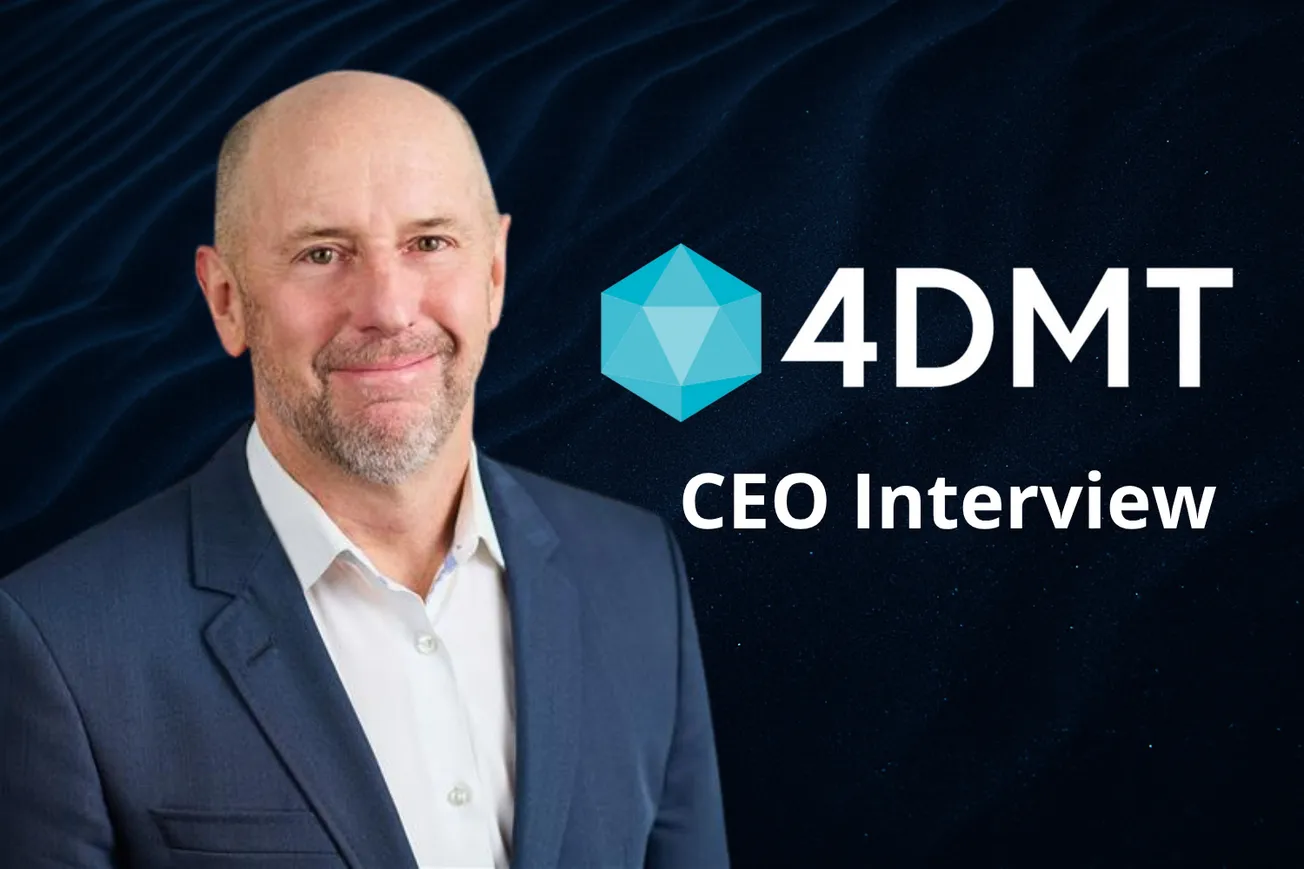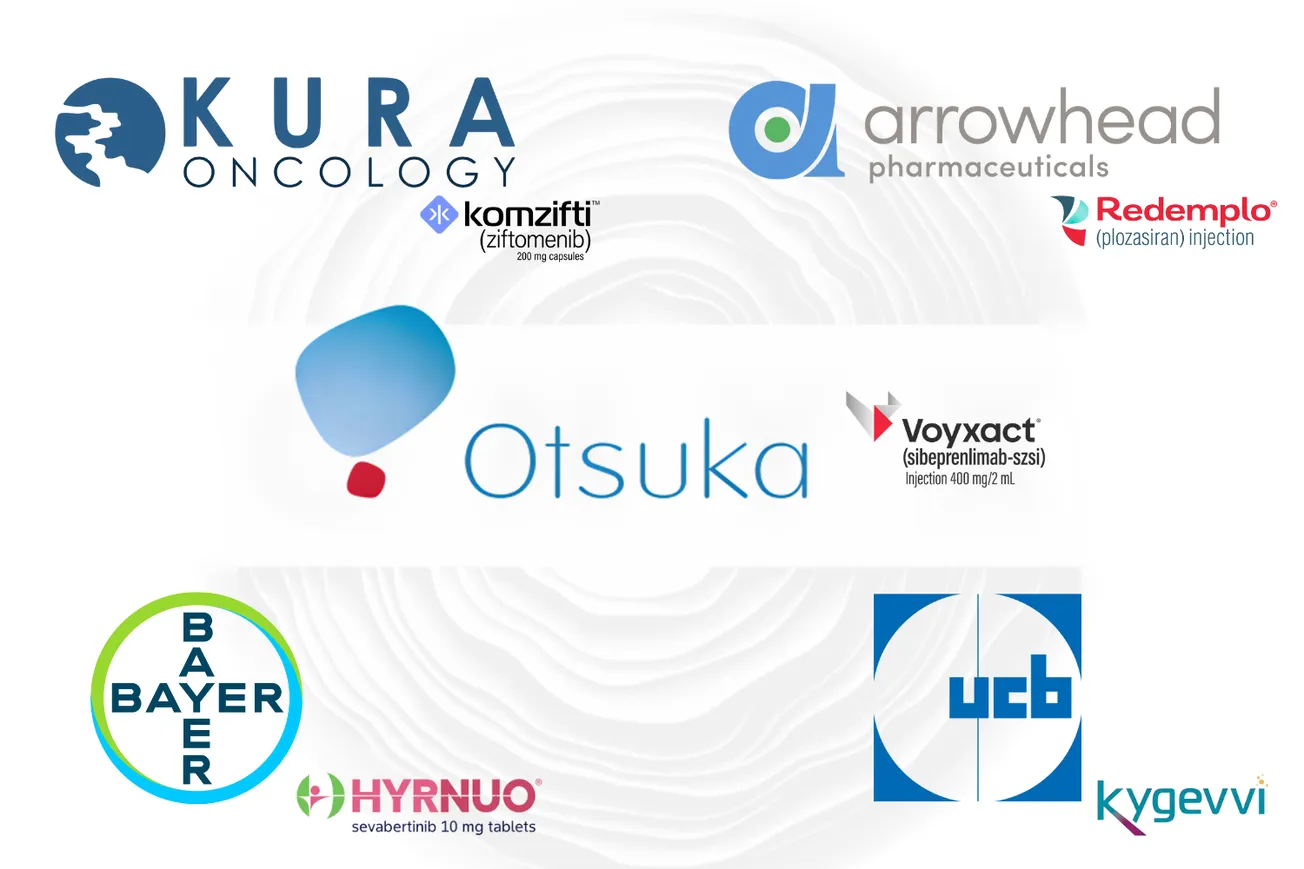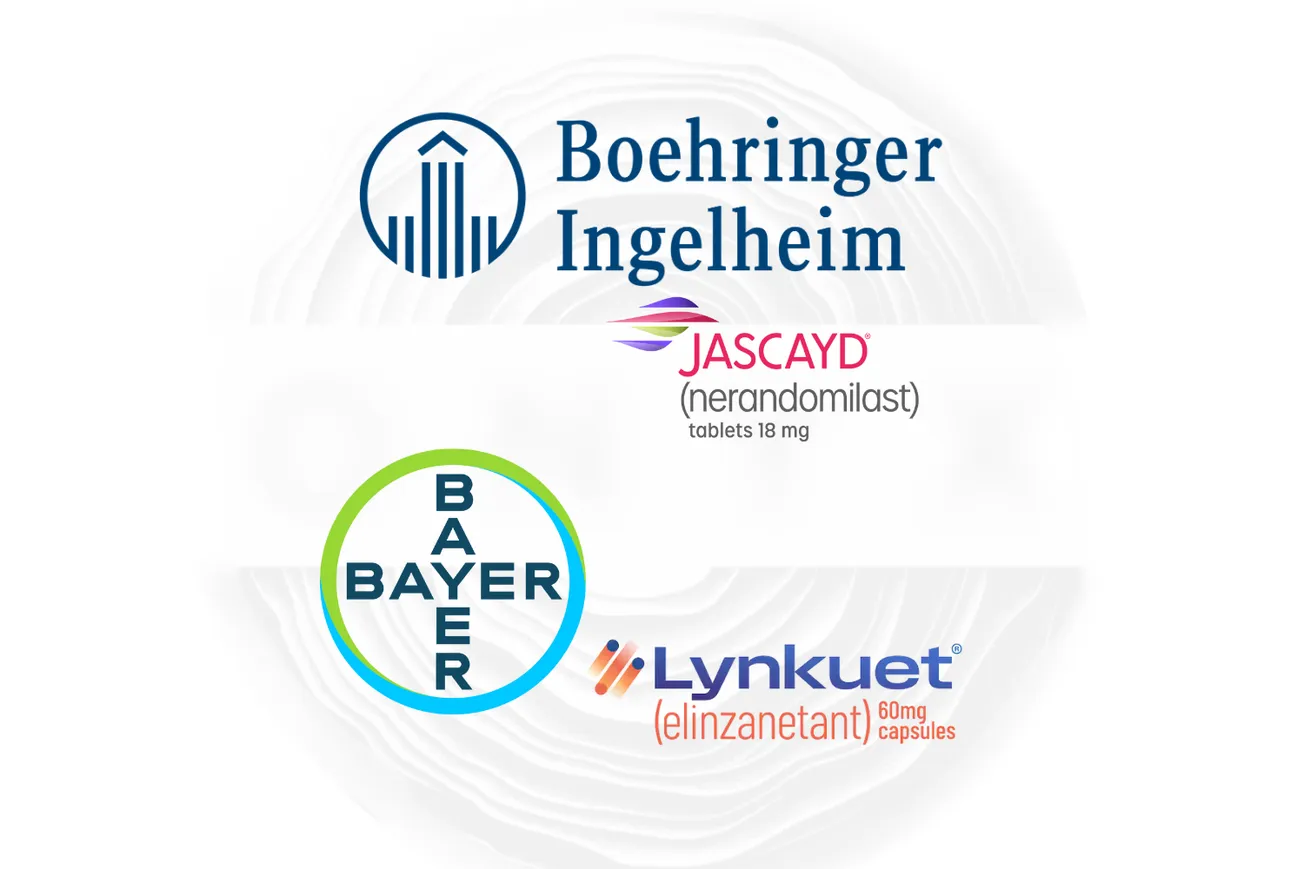Table of Contents
“Patients don’t just need more drugs, they need better drugs,” Dr. David Hung
Could you start by giving our readers a bit of background about yourself and what led you to found Nuvation Bio?
Of course. I’m a physician by training - a medical oncologist - and I’m also a scientist. I actually left academic medicine after a patient of mine died at the age of 28 from triple-negative breast cancer. It’s a very difficult cancer to treat, and that loss really changed me. I decided I didn’t want to spend my life giving what were then standard-of-care agents - I wanted to develop newer, better ones.
So, I went into biotech. I was the founder and CEO of Medivation, which ultimately developed, what is today, the world’s largest prostate cancer drug. We were acquired by Pfizer in 2016, but I felt there was a lot of unfinished business. There are still so many cancers with no great therapeutic options, and I decided to start Nuvation Bio to address some of those.
Oncology is an incredibly competitive and capital-intensive field. How do you balance the demands of commercial rollout, advancing your pipeline, and sustaining long-term R&D?
Yeah, biotech is extremely costly - and it takes a long time to develop a drug. That adds a lot of risk for companies. But patients face a lot of risk with their cancers, too. So, I think we can incur some risk on our side to develop drugs that lower theirs. That’s a great trade!
I often say that biotech is like the world’s biggest board game - it’s all about making as much progress as you can while still managing risk. We focus on quality and efficiency in the way we develop drugs, and we really try to be prudent about the amount of capital we raise and how we spend it. But going fast can burn more money in the short term although it can save money in the long term. But the reason we have to move fast is that patient lives are at stake. The longer things take, the worse it is for patients - and, frankly, the worse it is for burning capital.
So we’re efficient about our use of capital, but, at the end of the day, the overarching mission is simple: get better drugs to patients as quickly as we can.
As a physician, is it difficult to balance the commercial reality of needing profit with wanting to make drugs accessible to as many patients as possible?
Yeah, it’s always a delicate balance between the two. Biotech is incredibly expensive and it takes a long time to make a drug. Patent life is limited. Because it’s so expensive, you have to raise capital from investors - and those investors need a reasonable return. If they don’t get it, they stop investing, and, then, we aren’t able to continue developing new drugs for patients.
So, the challenge is giving investors enough of a return that they stay engaged, while still ensuring patients get accessible, affordable therapies. It’s a delicate balance, but I think we’ve achieved it pretty well. There’s always room for improvement, of course - but the key is making sure that we’re delivering drugs that fundamentally change and improve patients’ lives.
A huge milestone must have been the FDA approval of your ROS1 inhibitor for non-small cell lung cancer. How does that milestone build on Nuvation’s progress, and how does it shift your priorities as you move into the commercial stage?
We’re super excited about this - it’s really a great program! The data we have is spectacular, and we’re thrilled to offer this new option to patients.
This is an inhibitor for ROS1 lung cancer, which historically has been really tough to treat. Standard-of-care agents in the past used to give about six to twelve months of progression-free survival. Now, we’re seeing a median of four years! We’re really excited about what this could mean for patients and providers.
Right now, our focus is commercial - launching that drug and making sure physicians and patients learn about this new option, because it offers such important benefits. But we’re not taking our eye off the rest of the pipeline either. We have a brain tumor drug that we’re very excited about, and we’re always looking to expand. There are so many large, unmet needs in oncology, and we’d like to address as many of them as we can.
At this stage, how do you think about remaining independent versus pursuing strategic partnerships or M&A?
I think the key is just doing our best to make sure we’re successful in developing drugs that work and getting them to patients.
On remaining independent - we’d like to stay that way as long as possible, because I think small, nimble companies can, sometimes, move faster than larger ones. We can get drugs developed and to patients very efficiently, which is something that big pharma can struggle with. So, for us, it’s about keeping our eye on the ball: develop these drugs as quickly as we can; get them to the patients who need them; and not worry too much about the rest.
If we can jump into some of the science - how is your ROS1 inhibitor different clinically from existing ones, and how might it influence the treatment standard in non-small cell lung cancer?
ROS1 is a gene fusion that results in a very aggressive form of lung cancer. These patients, in the old days, used to live six to twelve months without progression. It’s aggressive - about 36% of the time, it presents in the brain; and, 50% of the time, patients progress with brain metastases as the first site of progression.
We’ve got a drug that’s extremely potent against ROS1, but potency isn’t the whole story. The key is whether you can hit the target really hard, without having prohibitive side effects that prevent dosing at the right level or make it hard for patients to tolerate. Our drug has an excellent tolerability profile - it allows for dosing at very high levels, achieves great efficacy, with significantly fewer tolerability issues.
Patients have been able to stay on therapy for years. As I mentioned, our median progression-free survival is four years, and, in our phase one study, a quarter of patients are approaching a decade of therapy. That tells you that this drug is tolerable - and the results we’re seeing are really meaningful for patients.
Looking more broadly across your pipeline, how do you approach biomarkers and precision medicine in lung cancer and gliomas?
I think precision oncology is really the future. You know, a few decades ago, lung cancer was basically a death sentence. It was treated with chemotherapy, which is really not specific at all. But, in the last decade, we’ve seen a complete change - now, we have multiple drugs targeting specific mutations in lung cancer, and that’s completely changed the game in terms of response and survival.
Our ROS1 program - or as we say, IBTROZI (taletrectinib) - really sits at the top of that pack, because the response rate, duration of that response and progression-free survival rates are so impressive. It’s a really exciting new age for cancer therapeutics.
Could you speak a little more about the patient experience with your ROS1 inhibitor - those patients who’ve been on therapy for nearly ten years?
Not every patient will have an extraordinary response, but IBTROZI has shown such a robust response that our median progression-free survival is about four years-that’s already near the top for any oncology drug.
Some of our patients from the very first studies are now approaching a decade of therapy - which is really unusual for a cancer that, not long ago, treatments offered less than a year of survival. That’s what drives us. In so many instances, patients don’t just need more drugs, they need better drugs - and this durability, this quality of life, that’s what we’re here for.
Immuno-oncology is evolving so rapidly. How do you see the balance between small-molecule innovation and newer cell and gene therapies?
Immuno-oncology is a really hot field, and, clearly, it works. But the way it’s been approached so far - mostly through large molecules - isn’t the only way. You can actually approach immuno-oncology with small molecules too.
So, while large molecules have been the mainstay of immuno-oncology, we think small molecules will increasingly play a role because they’re so much more convenient for patients. We’re really focused on making sure patients not only get effective and tolerable therapies, but ones that are convenient. We’re trying to make the overall life experience better - not just longer.
What advice would you give to someone entering the biotech industry today - an aspiring executive trying to steer a company toward FDA approval and commercialization?
The principle we always go back to is: it’s about the patient first. Everything that we do starts there.
I often say patients don’t just need more drugs - they need better drugs. We already have too many ‘me-too’ drugs out there, and that doesn’t really offer the benefit patients are looking for. We want to make the best drugs possible against these really difficult-to-treat cancers - drugs that are effective, tolerable, and convenient. The entire effort, really, is about the patient.
There’s been a lot of conversation lately about where biotech innovation is happening - whether the U.S. and West Coast are still the main hubs. How do you see things evolving?
I think, globally, we’re seeing harmonization across a lot of industries. As great as the U.S. is, it’s not the only center of innovation anymore. There’s amazing biotech coming out of China, and we see it in Europe too - it’s going to be global.
That said, the U.S. still has a particularly robust biotech ecosystem, partly because access to capital, here, is easier than in many other regions. So yes, the U.S. remains extremely strong - but innovation isn’t limited by geography anymore.
Finally, what’s the secret sauce to being a good leader - to inspiring people to join you on such a long, uncertain journey from discovery to commercialization?
I think the most important thing is to have an important and justifiable mission. Our mission is to make the best drugs we can for patients who need them - and when that’s your mission, it’s easy to inspire people.
We always try to find people who are really dedicated, motivated, and excited about what we do. And, honestly, I have an incredible team - the best I’ve ever seen. They inspire me as much as I inspire them.
